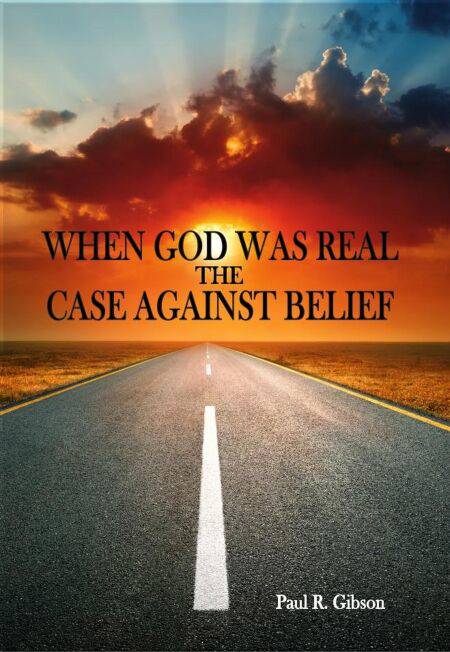
- Afhalen na 1 uur in een winkel met voorraad
- Gratis thuislevering in België vanaf € 30
- Ruim aanbod met 7 miljoen producten
- Afhalen na 1 uur in een winkel met voorraad
- Gratis thuislevering in België vanaf € 30
- Ruim aanbod met 7 miljoen producten
Omschrijving
We live in a world dominated by belief; We hear, are taught, convinced and converted; We affirm, worship, praise and preach; We argue, persecute and kill for our beliefs. All of this happens without a hint of faith in sight. Mainstream religion is in decline while religious extremism grows. We shout about Christ or Muhammad while remaining silent about God ... or use the term for our own purposes. Yet parallels between reality and ancient words about God suggest that religious "myths" began as lessons in reality realism. We find that realism can mitigate the blindness of our beliefs. Our problems with belief, however, reach far beyond religion. Belief drives our psychology as well as our social and political interactions.
This book is about perspective; what we see and what we don't; how we see and why we won't. You and I can stand back to back and understand that what you and I describe to each other are simply different views rather than being right or wrong. But when it comes to our thoughts, we have no problem branding each other's perspectives as wrongheaded. We may decide to agree to disagree, yet all the while I know I am right while you are obviously wrong. Soon our community divides along relatively natural points of view, or more accurately, we divide in accord with different ways to view. Sometimes there is war. We fight over color lines, gender lines, border lines, party lines, lines of thought, guidelines for our courts, congress, presidency, religion, civil liberties. But where are these lines? Why these lines? Rather than your average book about where to draw the line, this bold book is about how to read between the lines and how to look far beyond the lines.
This book crosses the line!
Specificaties
Betrokkenen
- Auteur(s):
- Uitgeverij:
Inhoud
- Taal:
- Engels
Eigenschappen
- Productcode (EAN):
- 9798992558913
- Verschijningsdatum:
- 16/02/2025
- Uitvoering:
- E-book
- Formaat:
- ePub

Alleen bij Standaard Boekhandel
Beoordelingen
We publiceren alleen reviews die voldoen aan de voorwaarden voor reviews. Bekijk onze voorwaarden voor reviews.











